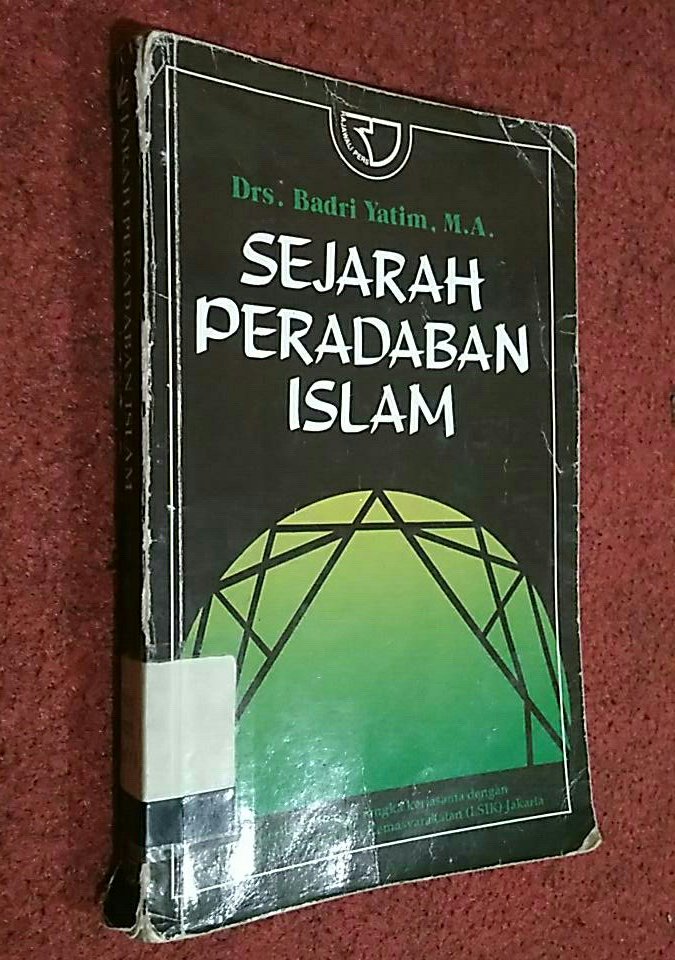


make copies (print or electronic) of the article for your own personal use, including for your own classroom teaching use.As an author you (or your employer or institution) may do the following: Retained Rights/Terms and Conditions of Publicationġ. Thirdly it is expected to provide information and research results that will be developed within the framework of the Islamic era in Papua theme. This paper will focus the discussion on three things: (1) a review of Islamic civilization studies conducted Jayapura Archeology, particularly the constraints and problems that still contain the debate to date, (2) the elements of Islamic civilization are essential, such as cultural character and government (petuanan), network scholars, and elements of material culture, and tradition, (3) Islamic cultural traditions inherited colored Muslim communities in certain pockets on the coast. Archaeological remains were found, including the mosques, tombs, pottery, ceramics, religious symbols, and ancient manuscripts. Many archaeological remains indication, other than oral sources and the tradition continues. In its development, the kingdom of Tidore absolute power and give a big hand in the formation of Islamic civilization color via satellite countries in the Bird’s Head region along the surrounding islands to colonial entered. Study conducted found that the influence of Islamic civilization was stimulated by trade dynamics, especially the Islamic empire in the Moluccas, the Kingdom of Ternate and Tidore. Then proceed in Fak-Fak regency and Kaimana.


Starting with limited exploration in the area of Raja Ampat Sorong regency. Research on Islamic civilization in Papua has been implemented since 1996.


 0 kommentar(er)
0 kommentar(er)
